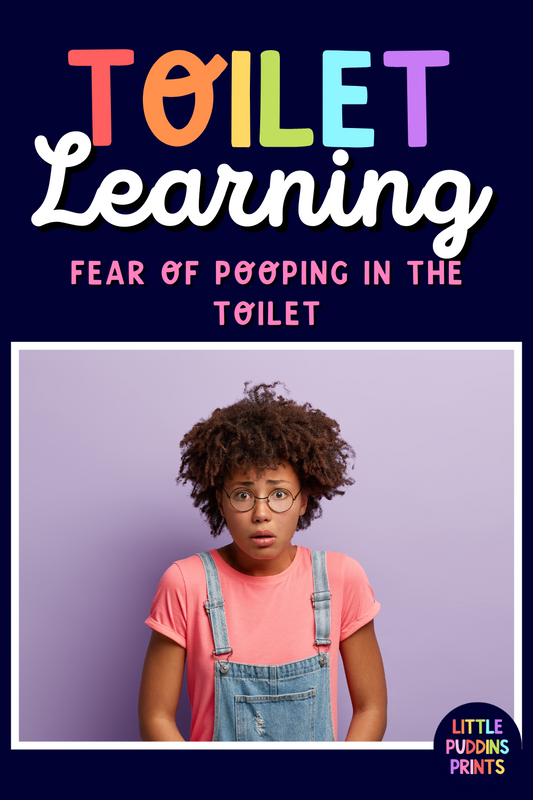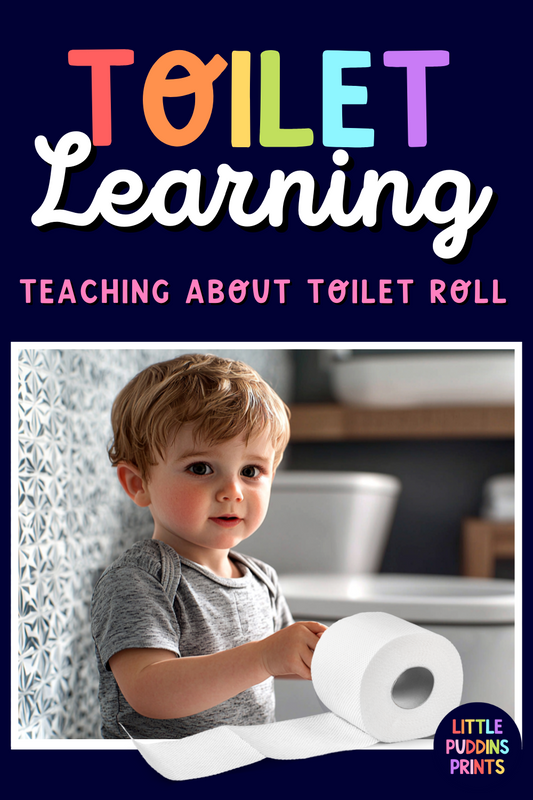
Little Puddins Prints Blogs
A growing collection of insightful, neuroaffirmative posts designed to support Autistic individuals and their families. From visual supports and communication tools to everyday strategies and lived experiences, each post is created to empower, inform, and connect. More posts coming soon!
Autism Toilet Training

Fear of Pooping in the Toilet
Autism and Pooping In Pants When you read the title of this post “Autism and Pooping in Pants”, you may not immediately consider that what we are really talking about...
Fear of Pooping in the Toilet
Autism and Pooping In Pants When you read the title of this post “Autism and Pooping in Pants”, you may not immediately consider that what we are really talking about...

Teaching about Toilet Roll
Learning how much toilet paper to use in the bathroom can be tricky for some Autistic children due to sensory processing differences, difficulty with estimating amounts, or challenges with sequencing...
Teaching about Toilet Roll
Learning how much toilet paper to use in the bathroom can be tricky for some Autistic children due to sensory processing differences, difficulty with estimating amounts, or challenges with sequencing...

Why we use Visual Supports
Using visual supports when supporting Autistic children to learn how to use the toilet respects their diverse ways of processing information and enhances their sense of control and security.
Why we use Visual Supports
Using visual supports when supporting Autistic children to learn how to use the toilet respects their diverse ways of processing information and enhances their sense of control and security.

Why Autistic Toilet Learning is Different
Supporting toilet training for Autistic children involves recognizing and valuing their unique sensory, communication, and learning needs, rather than expecting them to conform to neurotypical standards.
Why Autistic Toilet Learning is Different
Supporting toilet training for Autistic children involves recognizing and valuing their unique sensory, communication, and learning needs, rather than expecting them to conform to neurotypical standards.
